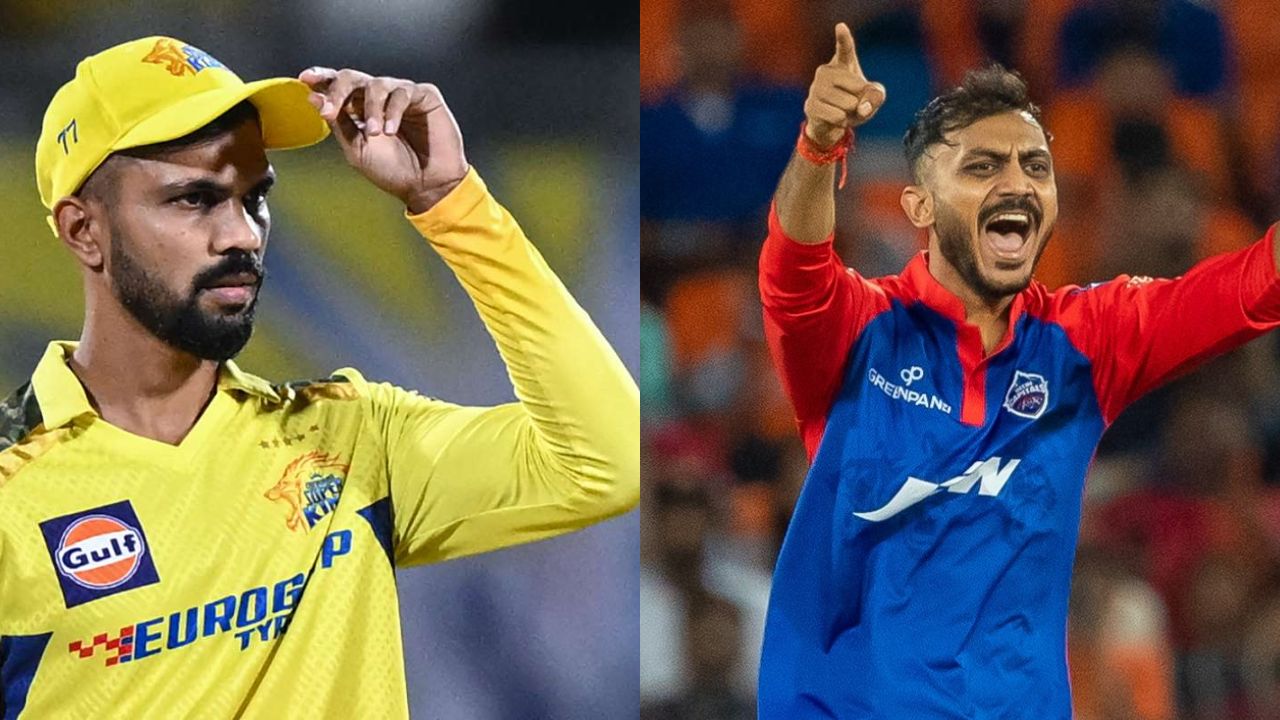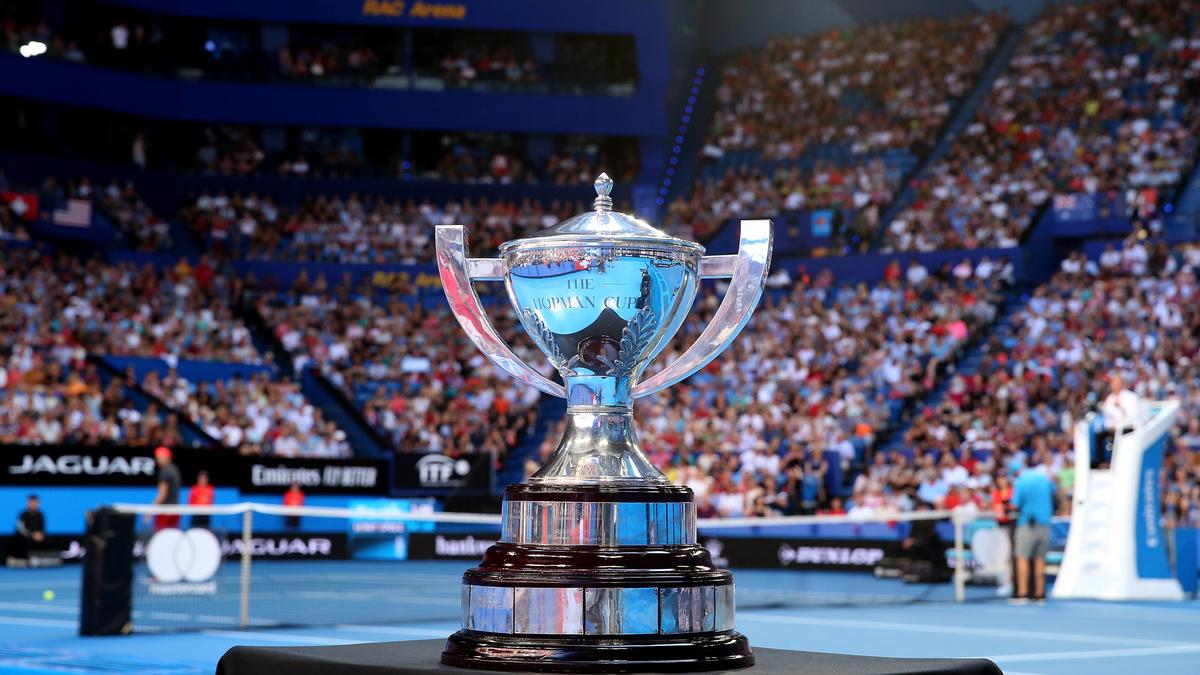Every two years, the Badminton Asia Team Championships (BATC) commences a journey that culminates with the prestigious Uber Cup, for which it is also a qualifier. Thrice in the last four editions, the team winning the Asian title at least reached the final of the Uber Cup, if not win it.

Will it be the case this time around too?
A young Indian team put up an impressive performance in Shah Alam, Malaysia earlier this month to win the BATC for the first time since its inception in 2016. Barring PV Sindhu, who was returning after a four-month injury break, and Ashwini Ponnappa, the team was full of youngsters. The youngest member, Tanvi Sharma, is only 15.
Despite the lack of experience, the unheralded Indians upset the top three seeds China, Japan and Thailand to lift the trophy. It was really commendable with 17-year-old Anmol Kharb emerging the star performer, winning the high-pressure fifth and deciding matches against much-higher ranked opponents to return unbeaten from Malaysia.
But will Sindhu, Anmol and teammates be able to repeat this success at the Uber Cup, which will be held in Chengdu, China from April 28 to May 5.
“It will be tough at the Uber Cup, definitely. You will have China come in with Chen Yufei and He Bing Jiao to start with. Japan will have (Akane) Yamaguchi. Ratchanok (Intanon) will be back in the (Thailand) team as well. It makes their teams stronger. We went in with our full team (to BATC) so we can’t definitely say we are contenders for Uber Cup in that sense,” chief national coach Pullela Gopichand said.
Certain of qualification for Uber Cup — it is also called the World Women’s Team Championships — most of the top teams didn’t field full strength squads in BATC. For example, China, who India beat 3-2 in the group stage, didn’t have Olympic champion Chen Yufei, world No.6 He Bingjiao and world No.1 doubles combine Chen Qing Chen and Jia Yi Fan.
Japan were without two-time world champion Akane Yamaguchi and two of their top pairs. Thailand were without their top two singles players, including former world champion Ratchanok, with the big names rested and prepare for the BWF World Tour that resumes this week, given it is the Paris Olympics qualification period.
“Having said that, Sindhu and Anmol have done well. If you look at the Indian group, there’s a lot of young talent. We are looking at an immense possibility. Both the doubles (pairs) are good. We have two strong doubles combinations, otherwise we would have been tilted towards the singles to pull out our wins,” the former All England champion said.
India now has two pairs – world No.20 Tanisha Crasto/Ashwini Ponnappa and No.23 Treesa Jolly/Gayatri Gopichand – who regularly beat the best in the business. While Tanisha got injured before the semi-finals against Japan, Treesa and Gayatri pulled off sensational victories to remain unbeaten in the continental tournament.
Gayatri and Treesa first stunned 2022 All England champions Nami Matsuyama and Chiharu Shida for the first time in three outings before beating world No.10 Jongkolphan Kititharakul and Rawinda Prajongjai of Thailand in the final.
“Gayatri-Treesa were unbeaten, having beaten China, Japan and Thailand who had top 10 players. That along with the singles make it (India) a strong team. But if you ask me if they are really going to win all the matches against China, Japan, Korea, Thailand all the time, it will be tough. But this certainly is a very positive step. I am looking at many more of these in the future, it augurs very well for Indian women’s badminton,” Gopichand said.
In 32 editions, India have medalled only twice (2014 and 2016) in Uber Cup, Saina Nehwal, Sindhu and Jwala Gutta-Ashwini powering India to bronze both times.
More than anything, BATC provided youngsters Ashmita Chaliha, Anmol and the doubles pair of Priya Konjengbam and Shruti Mishra, and even those who didn’t get a game, the exposure of being at a major team event. This should benefit them in the future.
National selector U Vimal Kumar said: “It is not going to be easy (at Uber Cup). But winning the Asian title is not only for the young girls but for the profile of our sport. These young girls will get an opportunity to compete. They need to find a breakthrough and play because in team championships anything can happen. For me it is heartening, especially since I was a little concerned about what after Saina and Sindhu. There’s some sort of positive trend emerging. How we can nurture these young ones is the key.”










Leave feedback about this